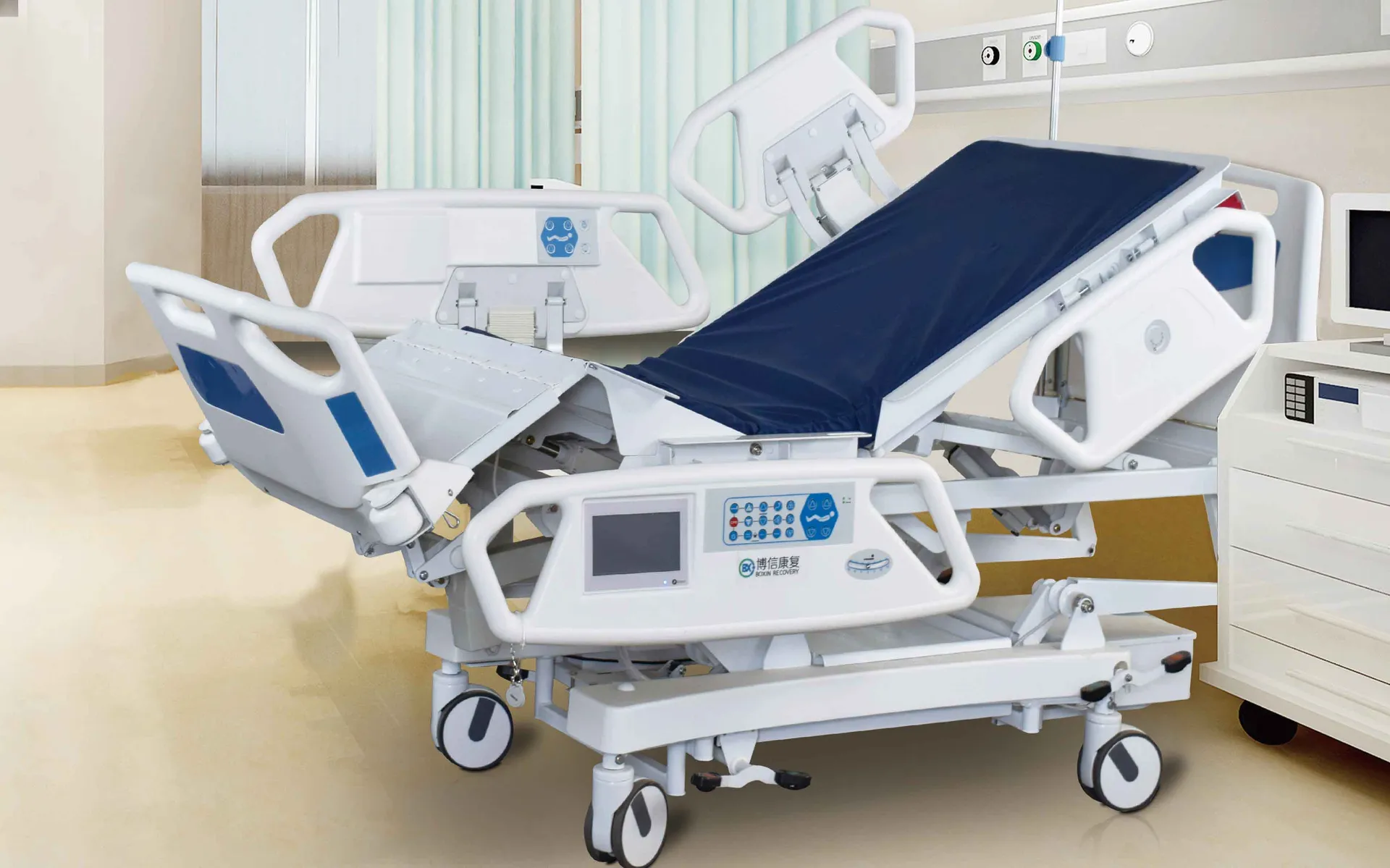Welcome to our websites!
Understanding the Benefits and Uses of Medical Crutches for Mobility Assistance
The Impact of Medical Crutches on Mobility and Recovery
Medical crutches are essential orthopedic devices designed to enhance mobility and provide support for individuals experiencing lower limb injuries or disabilities. Their primary function is to redistribute weight away from the injured leg, allowing the user to maintain a level of independence while promoting healing. This article explores the various types of crutches, their uses, and the significant role they play in rehabilitation.
Crutches have been in use for centuries, evolving from simplistic wooden constructs to modern designs made from lightweight, durable materials such as aluminum and carbon fiber. The most common types of crutches include axillary crutches (also known as underarm crutches), forearm crutches (often called elbow crutches), and platform crutches. Each type offers unique advantages depending on the user’s specific needs.
The Impact of Medical Crutches on Mobility and Recovery
Medical crutches also play a crucial role in the rehabilitation process. After surgeries such as knee or hip replacements or treatment for fractures, crutches are often prescribed to help patients regain mobility. They serve not only as a physical aid but also as a psychological boost, instilling a sense of autonomy during a challenging recovery period. The ability to move independently can significantly enhance an individual's morale and overall emotional health.
medical crutches

However, using crutches comes with its share of challenges. Users may find navigating through crowded or uneven terrain difficult, which can lead to frustration. Furthermore, long-term use without proper technique can cause pain in other parts of the body, such as the back or hips. To mitigate these issues, it is essential for users to receive adequate training from healthcare professionals. They can provide personalized instruction on proper crutch techniques and recommend adjustments to ensure comfort and reduce the risk of injury.
Moreover, advancements in technology have introduced new features into crutches that improve usability. Some models now include adjustable height settings, ergonomic grips, and shock absorption systems to enhance comfort and stability. These innovations aim to make crutches more user-friendly and versatile, addressing the unique requirements of each individual.
In addition to physical healing, crutches can be a symbol of resilience and adaptability. Many individuals who rely on these devices experience a profound transformation in their perspectives on mobility and disability. Communities and workplaces are increasingly becoming more aware of the importance of inclusivity, and this cultural shift can create a supportive environment where those using crutches are not marginalized but empowered.
In conclusion, medical crutches are essential tools that significantly impact the recovery process and general mobility for those with lower limb impairments. While they provide necessary support and enable independence, understanding proper usage and adapting to individual needs is crucial. As technology continues to advance, the future of crutches looks promising, with the potential to improve the quality of life for many. Embracing these changes and recognizing the importance of mobility aids will ensure that individuals can navigate their journeys of recovery with dignity and confidence.
-
Transforming Healthcare with Hospital FurnitureNewsJun.24,2025
-
Rehabilitation EquipmentNewsJun.24,2025
-
Mobility and Independence with WheelchairsNewsJun.24,2025
-
Freedom of Mobility with Our Rollator WalkersNewsJun.24,2025
-
Comfort and Independence with Commode ChairsNewsJun.24,2025
-
Bathing Safety and Independence with Shower ChairsNewsJun.24,2025
-
Navigating the Wholesale Landscape of Electric Mobility Solutions: Key Considerations for Power Wheelchair DealersNewsJun.10,2025











